Snow leopards are among the most elusive big cats, perfectly adapted to their rugged, mountainous habitats in Central and South Asia. Unlike their lowland cousins, snow leopards have short forelimbs and long hind limbs, allowing them to leap up to six times their body length. This extraordinary adaptation enables them to navigate rocky terrain with agility and grace.
Masters of Camouflage
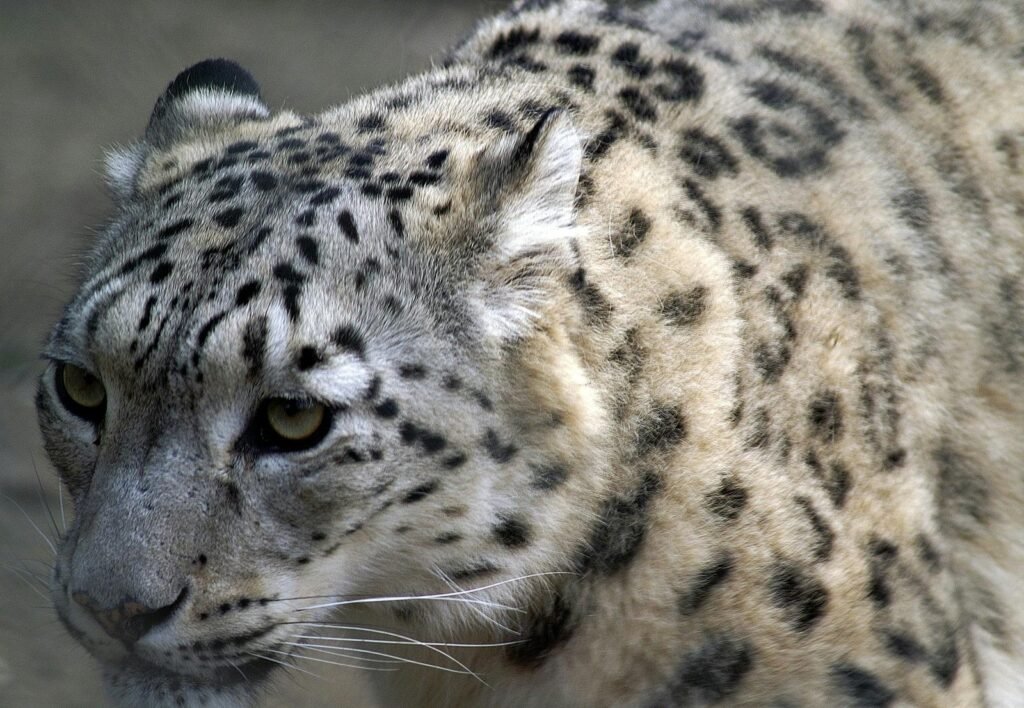
The snowy mountain ranges offer these predators an excellent backdrop to blend in, thanks to their thick, white-spotted fur. This coat not only provides warmth but also perfect camouflage against the rocky, snow-covered surfaces of their environment, giving them a distinct edge in stalking prey and avoiding detection by potential threats.
Solitary Wanderers

Unlike lions or cheetahs, snow leopards are highly solitary animals. They patrol vast territories, which can range from 19 square kilometers to over 120 square kilometers. Each leopard has its own territory, which they mark with scent hormones and scratch marks on rocks to communicate and ward off other individuals.
The Ghost of the Mountain
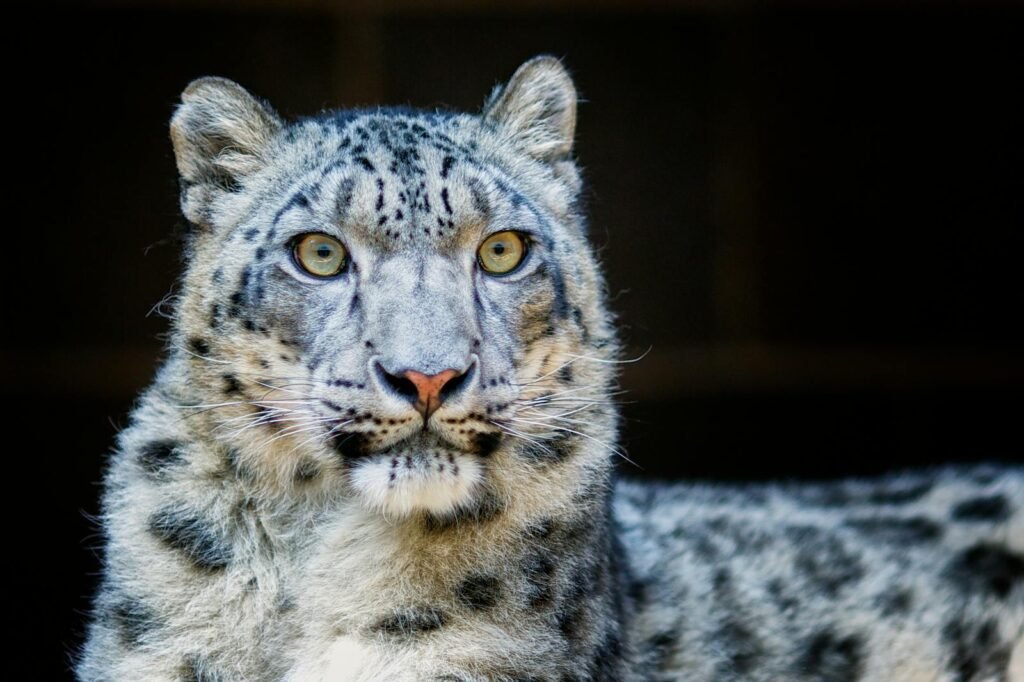
Dubbed “the ghost of the mountain” by locals, snow leopards are rarely seen by humans, a testament to their elusive nature. Their tendency to remain undetected stems from both their natural habitat and their secretive behavior, making encounters rare even for researchers and conservationists dedicated to their study.
Incredible Climbers
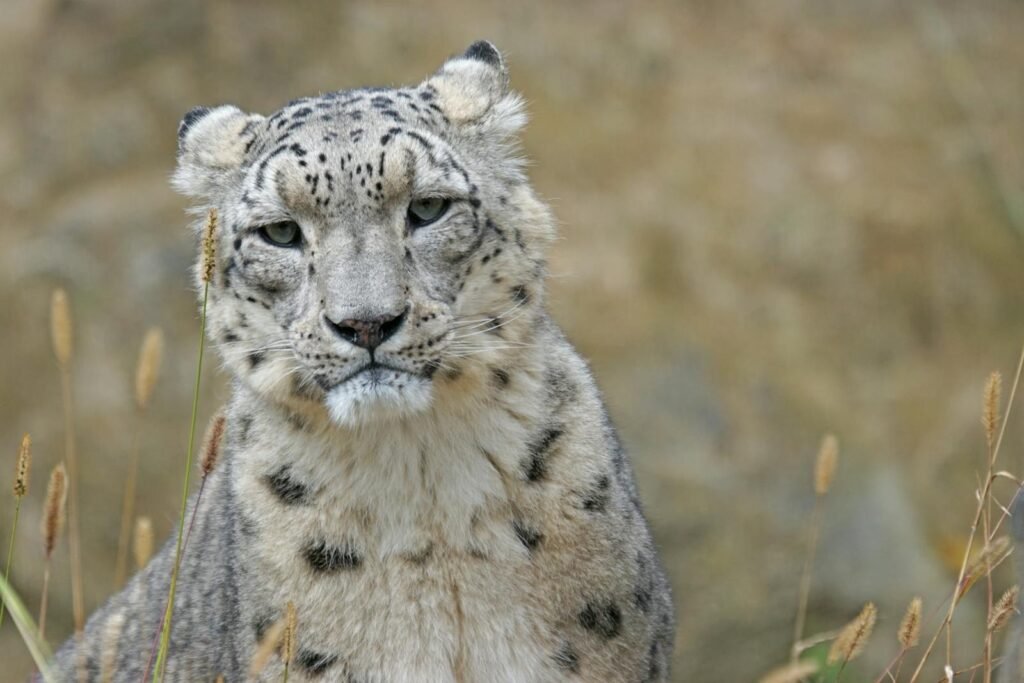
Living in some of the most extreme mountain environments, snow leopards are equipped with long tails that provide balance on narrow ledges. Their powerful chest muscles allow them to pull themselves up steep slopes, making them incredibly effective climbers capable of scaling cliffs where other predators cannot go.
Ghostly Communication

Though largely silent, snow leopards have a unique way of communicating with each other. They rely on a series of yowls, growls, and hisses, especially during the mating season. Their vocalizations, combined with their ability to produce an eerie “moan,” distinguish them from other big cats.
Specialized Diet
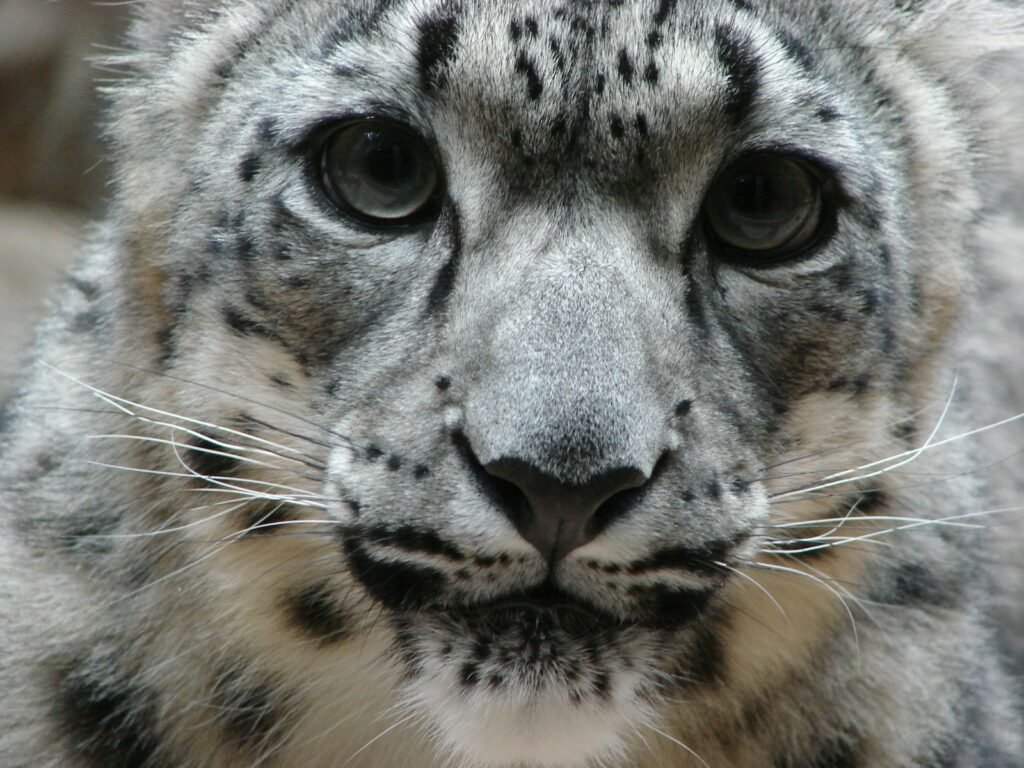
Primarily preying on blue sheep, ibex, and other mountain ungulates, snow leopards are adept at taking down animals larger than themselves. During times of prey scarcity, they will not hesitate to hunt smaller animals, including marmots, hares, and birds, showcasing their opportunistic feeding habits.
Unique Respiratory Adaptation
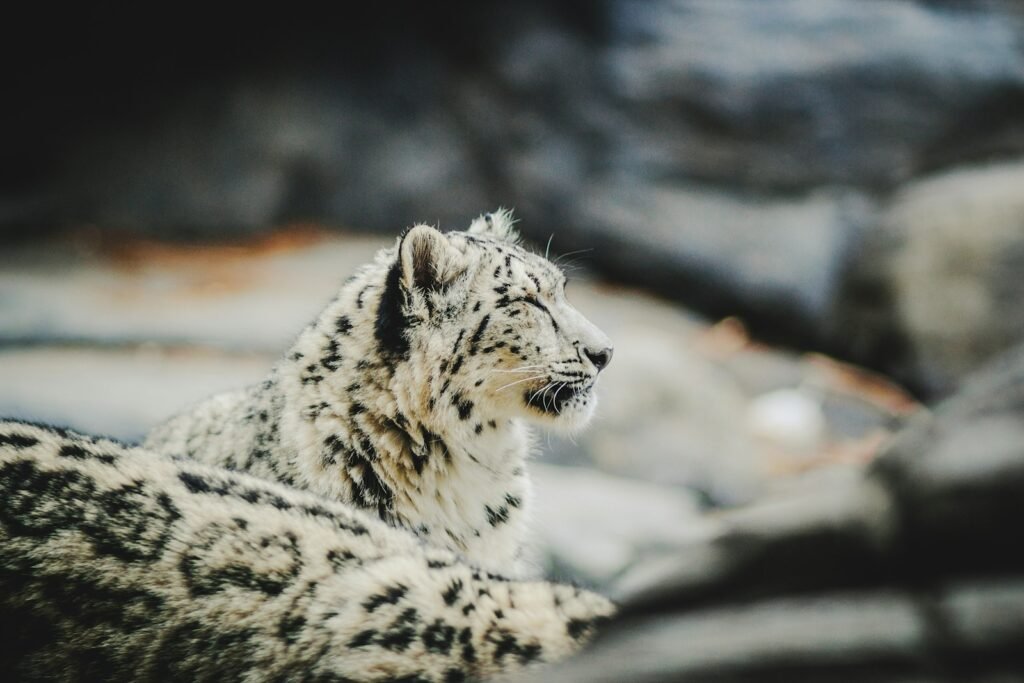
Snow leopards are well-adapted to high altitudes, typically inhabiting elevations between 9,800 and 14,800 feet. They possess a unique nasal structure that warms the cold air before it reaches their lungs, helping them cope with the thin atmosphere and freezing temperatures prevalent in their habitats.
Cultural Significance and Symbolism
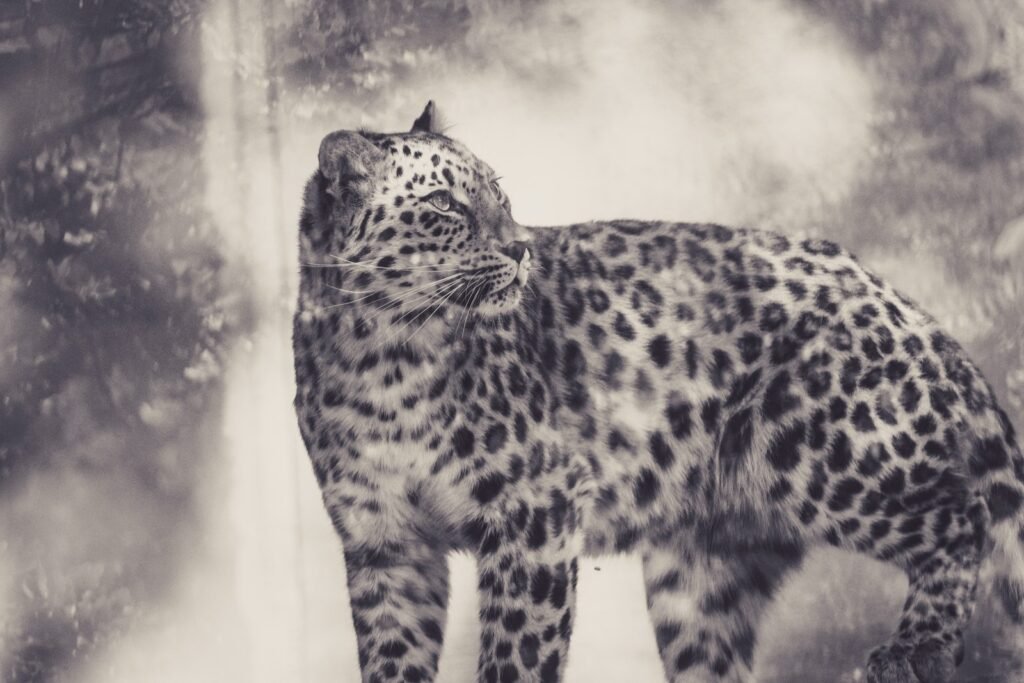
In many of the regions they inhabit, snow leopards hold a deep cultural significance. They appear in folklore and are often revered as spirits of the mountains. This reverence is reflected in the efforts of local communities to protect the leopards and their environment despite ongoing threats from poaching and habitat destruction.
Conservation Challenges and Successes
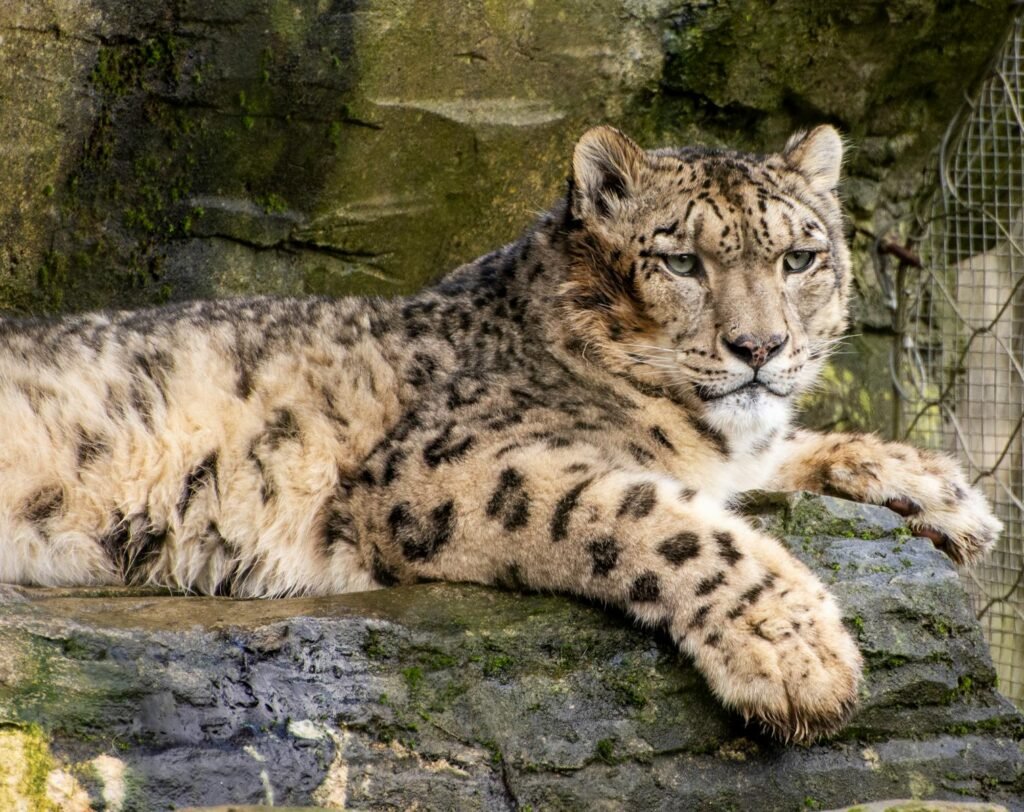
Snow leopards face significant threats from habitat loss and poaching. However, concerted international conservation efforts are underway to safeguard their future. Programs focusing on anti-poaching measures, habitat preservation, and community education have seen some success in halting their decline, but continued efforts are crucial to ensuring these majestic animals remain a part of our planet’s biodiversity.
Hi, I’m Bola, a passionate writer and creative strategist with a knack for crafting compelling content that educates, inspires, and connects. Over the years, I’ve honed my skills across various writing fields, including content creation, copywriting, online course development, and video scriptwriting.
When I’m not at my desk, you’ll find me exploring new ideas, reading books, or brainstorming creative ways to solve challenges. I believe that words have the power to transform, and I’m here to help you leverage that power for success.
Thanks for stopping by, Keep coming to this website to checkout new articles form me. You’d always love it!






